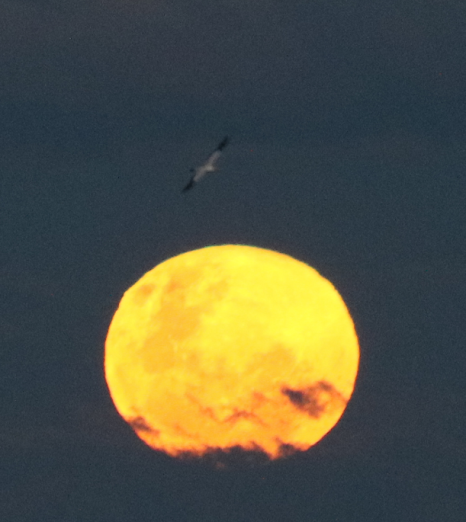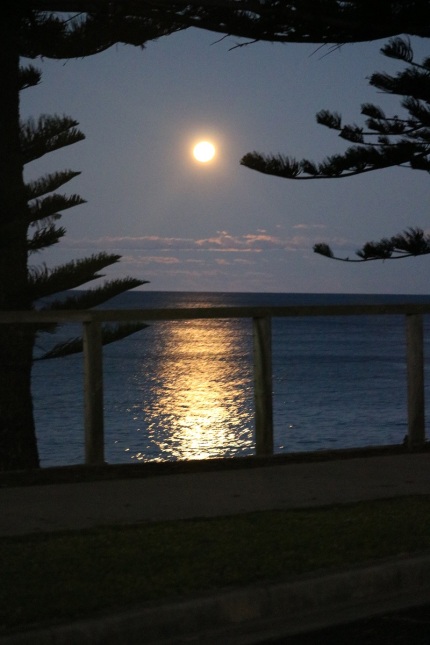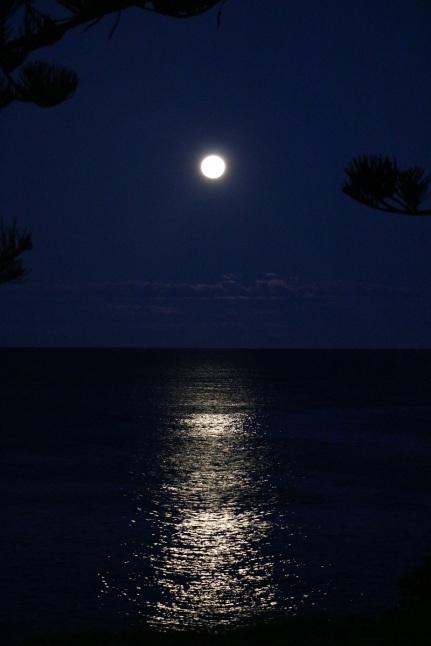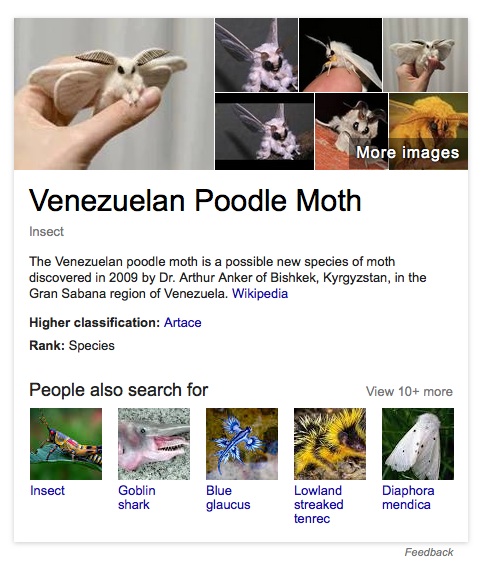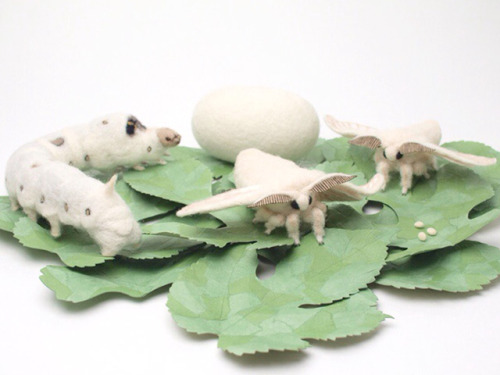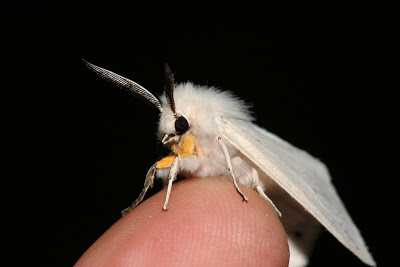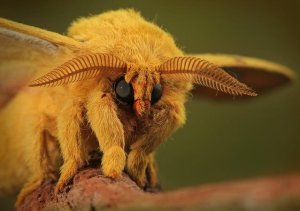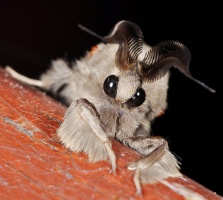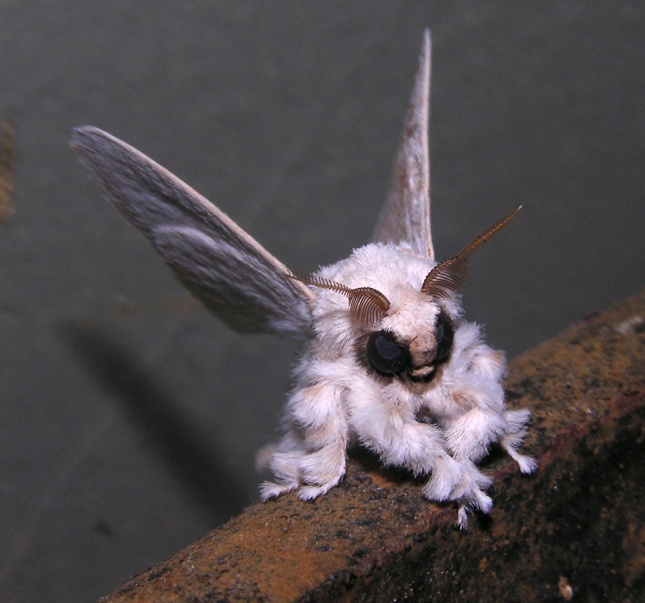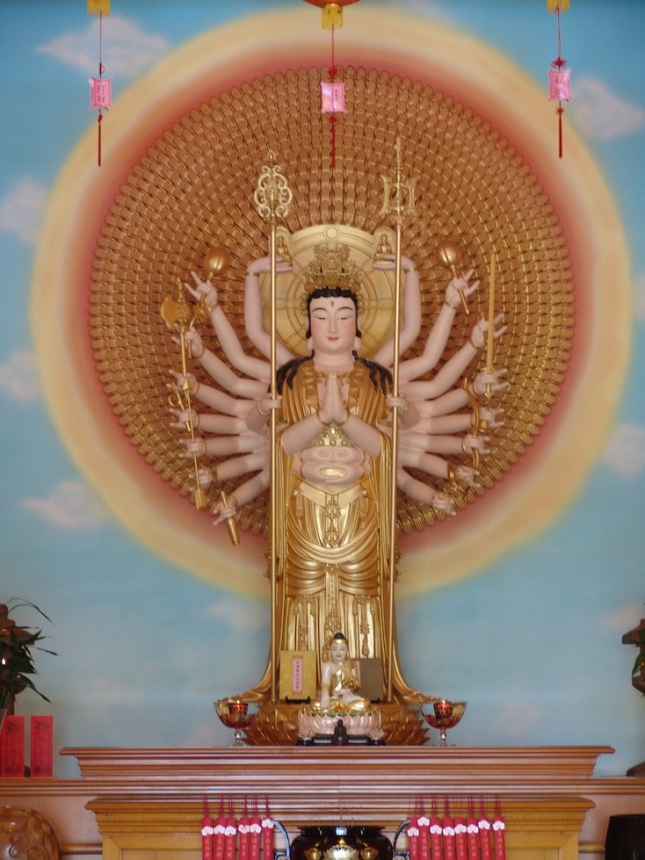Lisa Saad – The 2016 AIPP Australian Professional Photographer of the Year
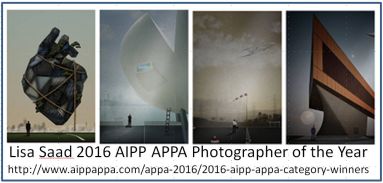
Lisa Saad’s stunning images are the heart of a controversy about ‘real’ photography recently addressed by Rocco Ancora and Peter Eastway.[1]
The winner of this year’s Australian Institute of Professional Photographers (AIPP) Australian Professional Photography Awards (APPA) created a lot of controversy. Many said that Lisa Saad’s winning Advertising portfolio was not photographic, but illustrative. To respond to this, Rocco Ancora and Peter Eastway (current and past chairmen) posted an interview-style video on APPA TV. I have transcribed the interview because what was said was very interesting and it is easier to absorb the details when you can read it. In a future post I will weigh in on my perspectives on what is being said, but first, I would be very interested to hear what you think.
Transcript of “Ancora and Eastway chat” (September 9 2016) in which the past and present Chairmen of the AIPP APPA discuss the response to the illustrative images of the 2016 winner Lisa Saad.
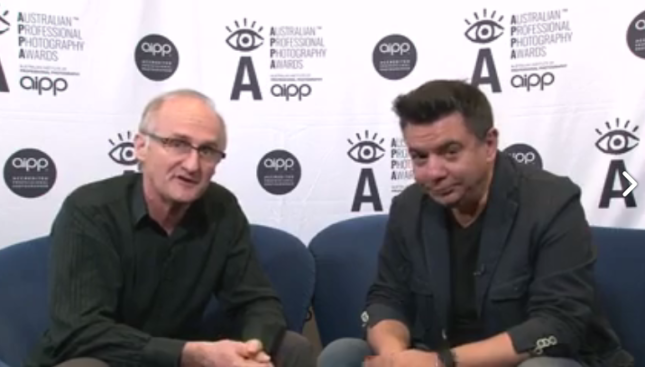
Peter Eastway on left, past AIPP APPA Chairman and Rocco Ancora on right, current Chairman [2]
Rocco: Hello
Peter: Good day Rocco.
Rocco: Good day Peter.
Peter: There’s been a little bit of consternation on Facebook and in social media about the term illustration and how it applies to photography. We’re worried that maybe illustration is taking over photography and photography is dead and buried. Lisa Saad’s amazing portfolio of advertising shots, they’ve sort of really got things going and I just wanted to know what you felt about the observation that the awards have been lost to illustration.
Rocco: Well, two things, consternation, what does that mean? (laughter) Just kidding. Let’s go back into illustrations. Now a photograph is an illustration, isn’t it?
Peter: Sure, I agree with that.
Rocco: But the awards are made up of many different categories Peter, some allow, you know, the illustrative element to be included in the final image, and some don’t. So when you’re talking about high jacking the awards can you be a little bit more specific.
Peter: Well how many categories do we actually have?
Rocco: We have 18.
Peter: And some of those categories are…
Rocco: Some of those categories are Sport where no visual manipulation is allowed, you’ve got Documentary where no visual manipulation is allowed, you’ve got Wedding, where some visual manipulation is allowed. You’ve got Advertising where the whole thing is about visual manipulation.
Peter: Let’s talk a little bit about advertising, I mean, we are professional photography awards, so it’s not just photography, it’s professional photography – how we do stuff for our clients. So what do we do, what is the real world of advertising like? I mean, isn’t it true that if I’m going to shoot a car the chances are it’s just going to be a backdrop and the car itself is done by computer graphics?
Rocco: Absolutely.
Peter: What about the backgrounds that we are dropping in?
Rocco: Well this is part of what advertising photography is about. So when you look at the categories at APPA, they reflect what happens in the genre in the real life world.
Peter: So you do wedding and portrait photography …
Rocco: Yes.
Peter: …but if you are doing portraits for weddings, there’s an awful lot of retouching going on. I mean are those faces real faces?
Rocco: It’s called vanity, Peter.
Peter: And is there a little bit of illustration happening to those faces over and above the photography.
Rocco: Absolutely I mean with wedding photography or portrait photography you are creating a product for your client, ultimately speaking. Now clients expect to look the best that they possibly can.
Peter: Can you do anything for me? … Anyway, okay, let’s go back.
Rocco: Let’s not go there, I’m not a magician (laughter) let’s take it from there. So what we are talking about here is having a reflective, I guess, the institute reflects what happens in the real life world. So in weddings, I retouch my brides because that’s what they expect. We want them to look the best they possibly can. Portraiture is no different. Advertising is no different to the fact that we are using different elements to create or sell the product, to sell the idea if you like.
Peter: So I guess there’s some sort of a line isn’t there where we look at a photograph and we say, that’s pure photography, the photographer has just gone click and then we come to the other side where we’ve created something with composites, where we might have taken lots of different elements and put it together, and we might have done a little bit of brushwork to join it, and I suppose we’ve the beginning and the end and somewhere in the middle there’s a line where one is photography and one is illustration. Could you tell me exactly where that line is?
Rocco: (laughs) There’s a line here and there’s a line there, and then it shifts – it’s constant shifting sands. When you talk about pure photography, what is pure photography?
Peter: Well, obviously what I do must be impure photography because I muck about with my photos. I guess when we talk about pure photography, people looking at what comes out of the camera – there’s no further work is required. But I can’t think of doing that in the last twenty years, to be honest ever since digital came in, or never! We always used to do more in the darkroom, we always used to do – even when it came to processing trannies you know you would push or pull, warm up the first developer a little bit, get a little bit more colour, a little bit more contrast … so that line is a real challenge. What do we do with the awards, though? Do we have one line or are there different lines?
Rocco: There are totally different lines, this is why the categories come into play. You have categories where it is about the authenticity of the original capture like Documentary, Sport, you know you can’t, you can’t alter the truth because this is what gets published in the magazines and newspapers; and once again the categories are reflecting what’s happening in the real world. But then you do have categories like Illustrative, where it is about the creative process being pushed to the nth degree using Photoshop – so there’s different lines. We don’t try to put everyone in a box, we try to evolve with the image making process. And it has evolved over the years, you would agree, with the introduction of digital and now this constant evolvement of what photography is.
Peter: So I guess the danger for the AIPP in some ways is when we have a PPY[3] winner and it is representative of one genre of photography. It has to be because it is a category that wins it in many ways. That we get seen as only being interested in that type of photography But if people had come along to the awards a couple weekends ago, what would they have seen on the walls, I mean we put all our silver and golds up, I mean what’s your take on what we’re presenting at the moment?
Rocco: They would have seen first and foremost the best in Australian photography, or the best in Australian image making. Because on the walls there was sport photographers, illustrative photographers, there was some incredible landscapes, probably not any of yours, but, um incredible landscapes.
Peter: I didn’t do too badly this time, I mean, a bit better.
Rocco: Did you beat Tony Hewitt?
Peter: I did beat Tony Hewitt, do you know, oh, and I love that. Anyway we’ll get back to the point you’re talking about.
Rocco: So excellence in each of the genres is what we hang on the wall. So APPA is about celebrating that, it’s about celebrating every genre for what it is. Whether it’s um perceived as being the pure photography genre, or whether it’s perceived as being you know the more creative, not that, not that you can not be creative in single capture, but where you start to pull in other elements and start to play around with brushes in Photoshop to be able to create something that is not really there.
Peter: So as the APPA chairman I guess that is your challenge, to set up awards that are basically going to be representative of all the different genres of photography. And I have got to say that I think you’ve been doing a great job with that with all those different categories. I just hope that in this way we’ve helped people to understand that while Lisa’s amazing portfolio was winner this year, it hasn’t always been the case. We look at the past winners, the different genres that we’ve had and it shows that what we really are is representative of all photographers.
Rocco: Absolutely, when we look back at last year’s winner, John Ansell, he won it with 4 tintypes. Now remarkably the 4 tintypes were entered into the Illustrative I believe. So he went with a very traditional process in a very modern genre, and it paid dividends because they were amazing images. The year before that we had a Wedding portfolio. Obviously there was Photoshop involved…
Peter: James Simmons, yep.
Rocco: …in producing those [indistinguishable] beautiful monochrome images but they were real photographs if you like; they were perceived as being real photographs. Even before that we had colourful landscapes by Tony Hewitt.
Peter: So is Tony, ‘cause those landscapes didn’t necessarily look real, I mean when you looked out of the plane at the landscape below it wasn’t that colourful, so we’ve actually, I guess Tony has moved the slider a little bit. Is that the same as illustration? Is that now no longer straight photography? How far can we go? We’ve, we’ve got this line again haven’t we?
Rocco: At the end of the day we’ve got to think about it this way: when we capture an image it’s about visual communication and what we’re trying to convey as an artist to the viewer. Now Tony captured it, he perceived to be to be a totally different thing and he, he I guess he, he showed us what he felt. And that’s important because that’s part that’s a huge part of the creative process. So we saw things things that not necessarily looked like landscapes but they were landscapes but they really took you to a different place and that why he did so well with the images that he did and it was groundbreaking really because we hadn’t really seen anything like that before. So he took landscape photography with a little bit of Photoshop cause there’s not a lot of Photoshop in what he’d done except the perception of colour, and colour plays a huge part in the emotive communication side of things.
Peter: So when we bring that back to Lisa’s portfolio this year, those 4 really strong, and they are all very graphic in nature, they’re all captured with photographic elements, there’s a real style, a real look. I think that what the judges were responding to was the imagination. And isn’t that what we as professional photographers have to take to the public? If we’re not going to take something that’s a little bit more than a straight capture these days, it’s very hard to compete with those 1.6 billion photos that are taken every day on Instagram.
Rocco: Absolutely, and I think as an advertising photographer you have to take people to a place they’ve never been before because that’s what sells the product. So Lisa did an incredible job with that. But taking it a little bit further than that, when you look at the PPY protocol to judge, you’ve been in that room many times, you know what I’m talking about. You’ve got 11 judges, you’ve got 18 portfolios. When you analyse each submission, it’s not about the amount of Photoshop that’s used – you know it’s beyond that.
Peter: It’s all about the image, isn’t it?
Rocco: It’s about the image, it’s about the level of creativity. It’s about whether an image moves you or not regardless of whether Photoshop was used, it’s irrelevant.
Peter: So is this photography?
Rocco: What is photography, Peter?
Peter: I think it is photography, isn’t it? I mean, if we go back in history people often bring up Ansel Adams as being the grandfather of photography, and I think that sometimes they forget that Ansel was pushing technology as far as he could. A friend of mine, twenty, thirty years ago, just before Ansel died, when he was a young fellow, and we were youngsters, he asked Ansel Adams what would you be doing in the future and Ansel said to him, there’s this new thing called electronic imaging that’s coming, he said geez I’d like to get involved with that. When we honour what came before, when we honour the tradition, sometimes we forget that the people we honour were trailblazers. And so I see Lisa Saad as being a little bit of a trailblazer. She’s got a little bit of flack over her award and I, I think she can stand up to it. But I’d just like to congratulate her because she’s pushing us along, We mightn’t have to agree with what she’s done, but she’s certainly pushing our profession along, and that’s got to be a good thing.
Rocco: Absolutely Peter, and this is what the award system and this is what the institute is all about. It’s about encompassing all aspects of photography, and it’s about evolving with the image making process and I think we are doing that quite, quite well.
Peter: Rocco, audience, thank you very much.
— end of transcript —
Your thoughts?
So that’s what leaders of the Australian Institute for Professional Photographers Australian Professional Photography Awards think, and they make some very interesting points. How do you feel about it?
References
———
[1] These images are thumbnail illustrations of Lisa Saad’s much larger images available at the APPA website located at http://www.aippappa.com. They are used in keeping with ‘fair use’ provisions of copyright for research. Request for permission to use larger versions of the images is pending.
[2] Screen capture of the interview on taken 16 December 2016 from https://www.facebook.com/AIPPOfficial/videos/. As with the Lisa Saad images, this image is used in keeping with ‘fair use’ provisions of copyright for research.
[3] PPY stands for Professional Photographer of the Year
